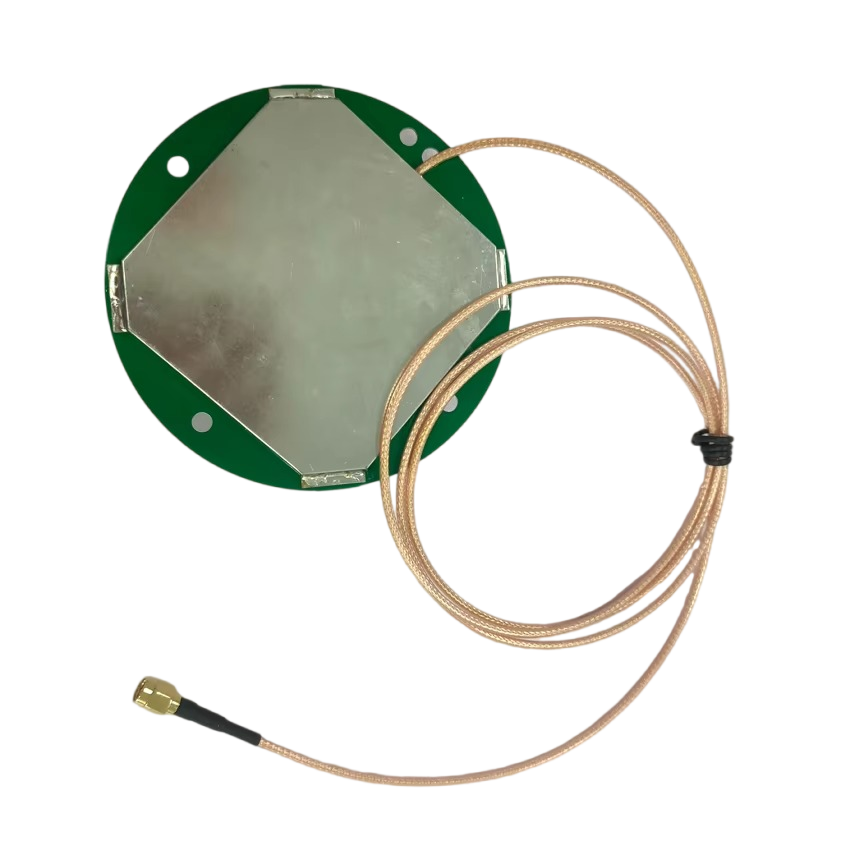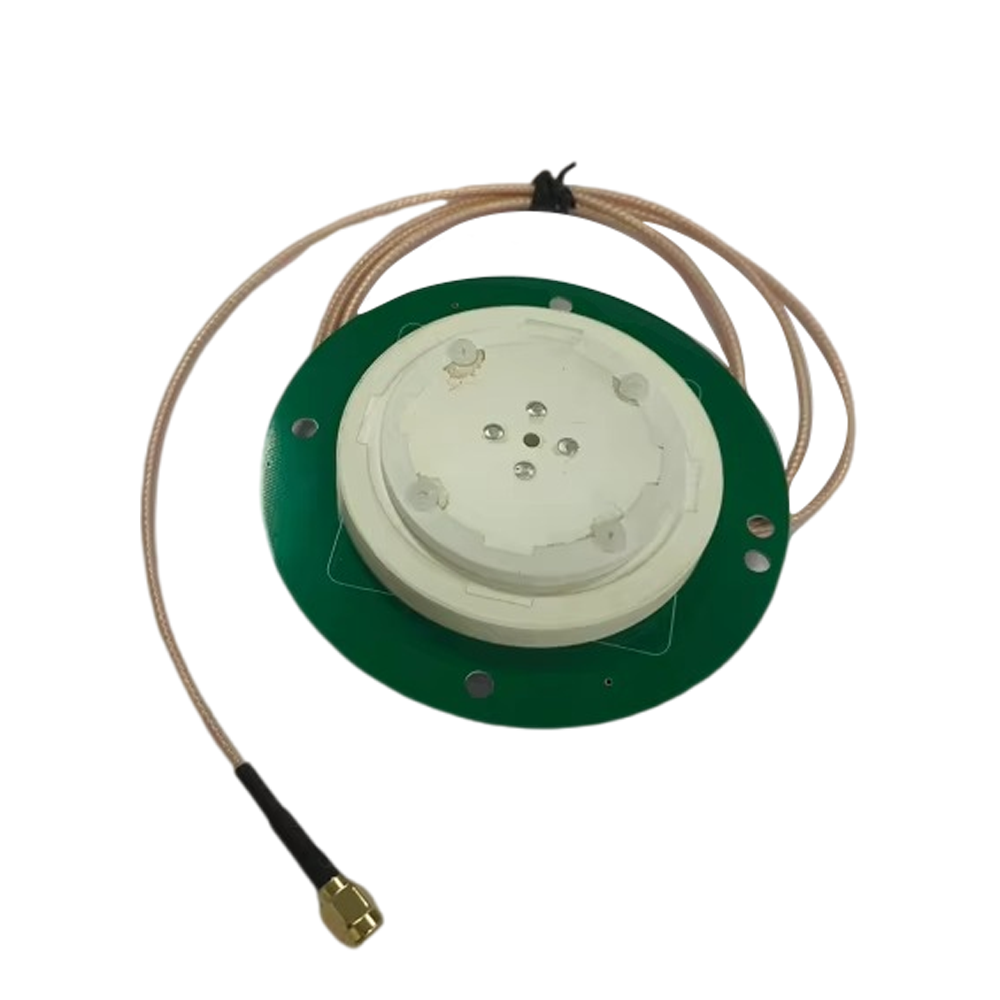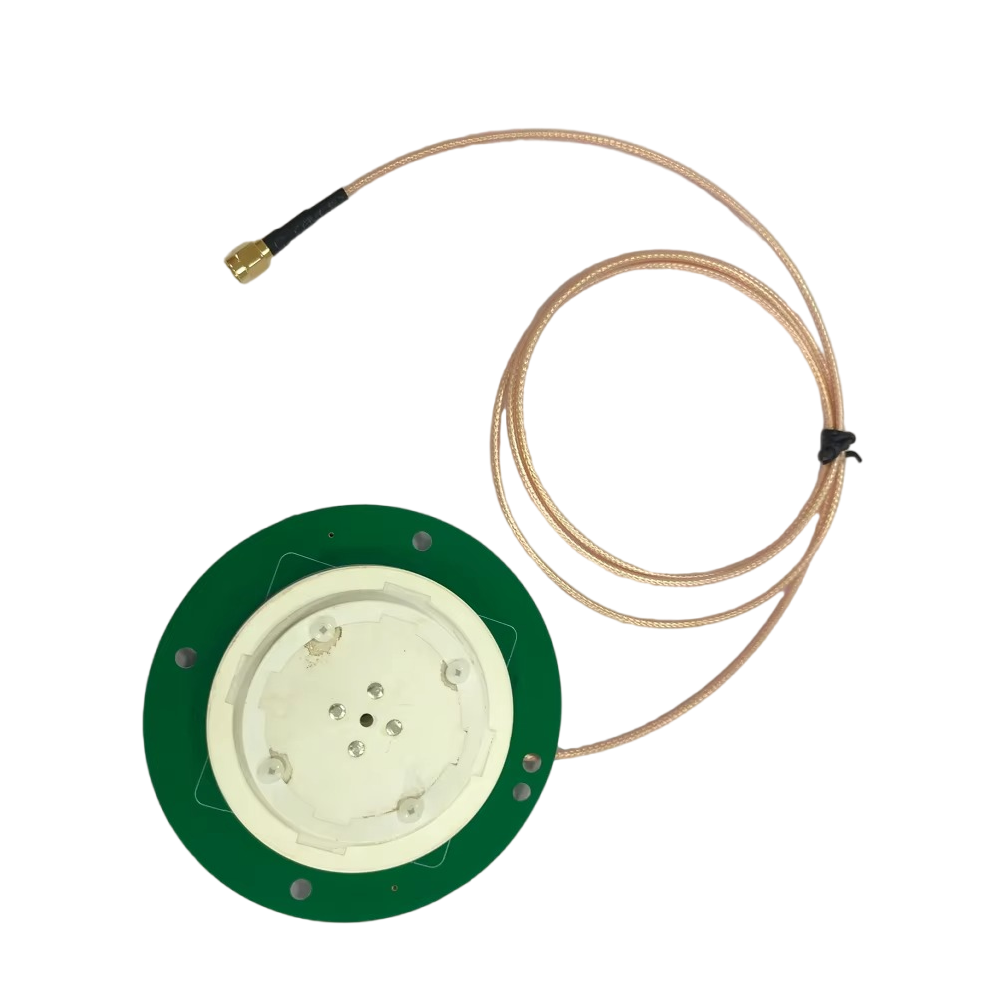5.1 Current Applications
5.1.1 Surveying and Mapping
In the field of surveying and mapping, High - Performance RTK Combination Antennas are indispensable. Land surveyors use these antennas to accurately measure property boundaries, create detailed topographical maps, and conduct cadastral surveys. The centimeter - level accuracy provided by these antennas ensures that the survey data is highly reliable. In large - scale infrastructure projects, such as the construction of highways or railways, accurate surveying using RTK antennas is essential for proper alignment and grading.
5.1.2 Agriculture
Precision agriculture has benefited greatly from RTK technology enabled by these antennas. Farmers can use RTK - equipped tractors and other agricultural machinery to precisely apply fertilizers, pesticides, and seeds. The accurate positioning allows for variable - rate application, which means that the amount of inputs can be adjusted based on the specific needs of different areas of the field. This not only improves crop yields but also reduces waste and environmental impact.
5.1.3 UAV Operations
Unmanned aerial vehicles (UAVs) are increasingly being used in various applications, and accurate positioning is crucial for their safe and effective operation. High - Performance RTK Combination Antennas are used in UAVs for tasks such as aerial photography, mapping, and inspection. In aerial photography for orthomosaic mapping, the precise positioning provided by these antennas ensures that the captured images can be accurately stitched together to create a detailed and accurate map.
5.2 Future Trends
5.2.1 Integration with Emerging Technologies
In the future, High - Performance RTK Combination Antennas are likely to be integrated with emerging technologies such as 5G and the Internet of Things (IoT). The high - speed and low - latency communication capabilities of 5G can be used to transmit RTK correction data more efficiently, further improving the performance of RTK positioning. In an IoT - enabled smart city environment, RTK - equipped sensors and devices can provide highly accurate location - based services, such as asset tracking and environmental monitoring.
5.2.2 Miniaturization and Cost Reduction
There will be a continued trend towards miniaturization of these antennas. As technology advances, it will be possible to pack more functionality into smaller and smaller packages. This will be particularly beneficial for applications in wearable devices and small - scale autonomous systems. At the same time, efforts will be made to reduce the cost of these antennas through economies of scale and the development of more cost - effective manufacturing processes. This will make RTK technology more accessible to a wider range of applications.
5.2.3 Improved Multipath and Interference Mitigation
Research and development will focus on improving multipath and interference mitigation techniques. New antenna designs, signal - processing algorithms, and machine - learning - based methods are likely to be developed to better handle the complex electromagnetic environment. For example, machine - learning algorithms can be trained to recognize and filter out multipath signals more effectively, leading to more accurate positioning even in the most challenging environments.
Conclusion
High - Performance RTK Combination Antennas have revolutionized the field of positioning and navigation. Their ability to combine signals from multiple GNSS constellations, along with their advanced design and construction features, has enabled high - accuracy positioning in a wide range of applications. Despite the challenges of interference, multipath, and cost, these antennas have found extensive use in surveying, agriculture, UAV operations, and many other fields.
Looking to the future, the integration of these antennas with emerging technologies, continued miniaturization, cost reduction, and improved mitigation of multipath and interference are expected to further expand their applications and improve their performance. As the demand for accurate positioning continues to grow in various industries, High - Performance RTK Combination Antennas will play an increasingly important role in enabling more precise and reliable location - based services.




































































 Language
Language
 En
En Cn
Cn Korean
Korean

 Home >
Home > 







 18665803017 (Macro)
18665803017 (Macro)













